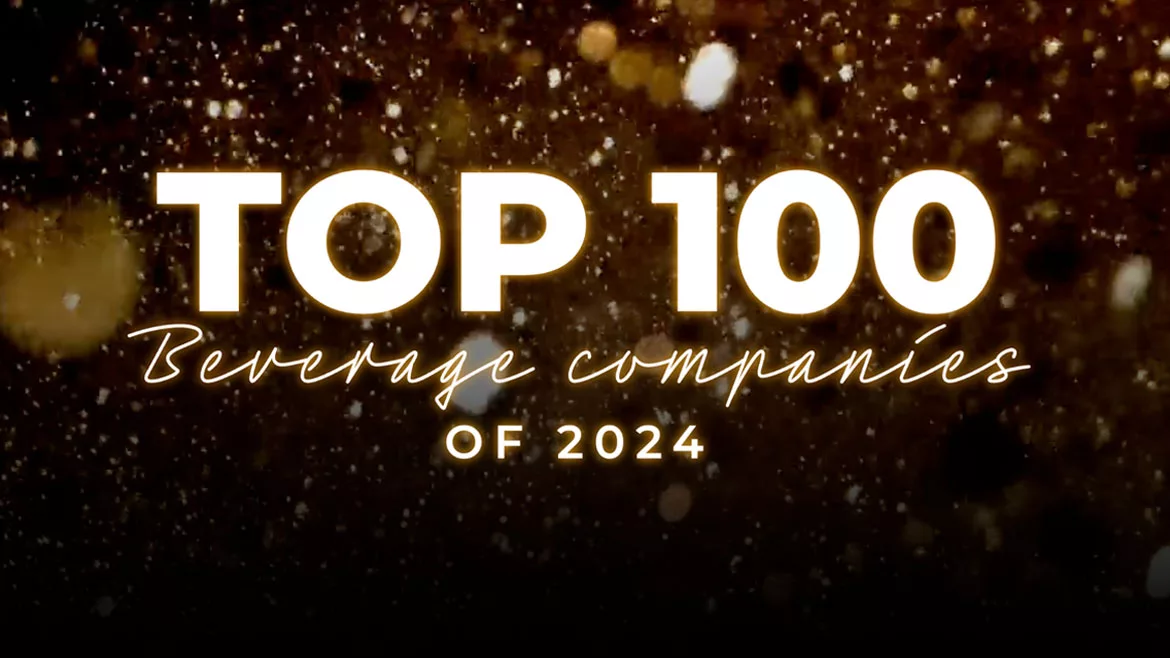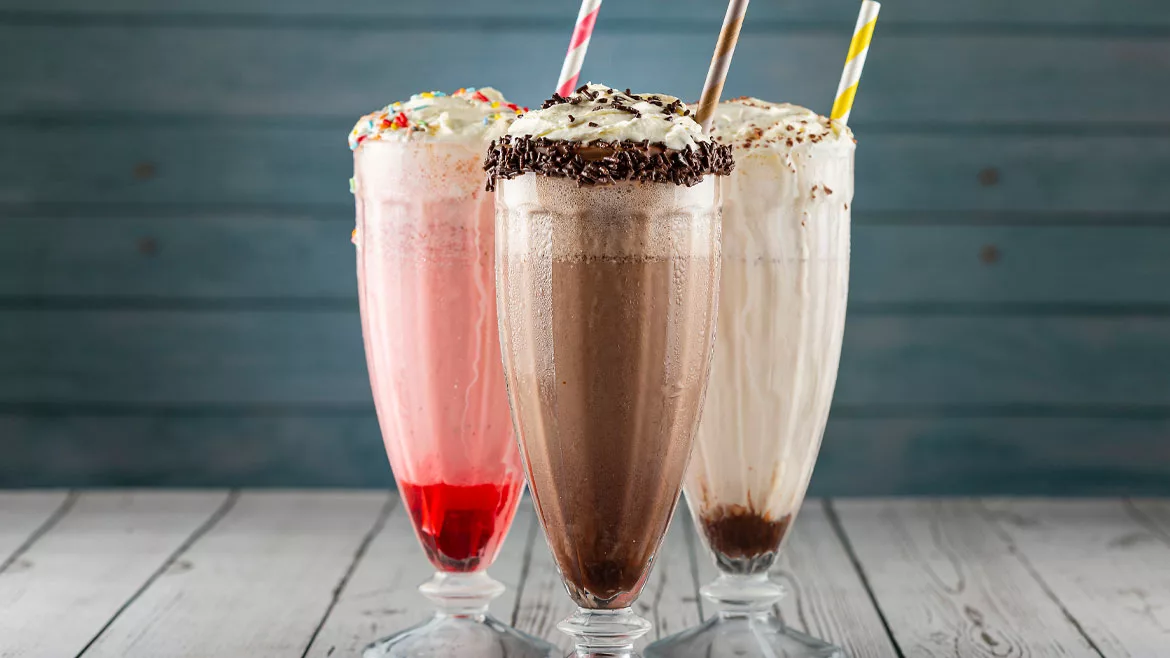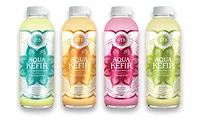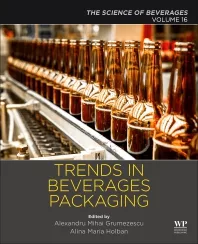Foodservice-Specific Beverage Trends
Foodservice-Specific Beverage Trends
By RENEE PAS
Specialty drink endeavors expand restaurant
opportunities
Boutique drinks are
finding a welcome home in foodservice establishments as beverage companies
create fashionable and unique specialty drinks. The Republic of Tea, for
example, has a ready-to-drink line only available at restaurants.
Meanwhile, Coca-Cola recently launched a program to create new concoctions
solely for restaurants. Both companies recognize there is a greater
opportunity to tap in foodservice.
With wine varietals as the inspiration, The Republic
of Tea, Novato, Calif., opted to create a line of ready-to-drink bottled
teas just for restaurants. These high-end iced teas are exclusively sold at
fine dining restaurants in the United States. Common venues are upscale
eateries such as the Neiman Marcus café.
What’s highly unusual for a beverage company is
that they are not for sale at any grocery store, convenience store or any
other off-premise location, save one, the company’s Web site.
Specialized beverages, such as The Republic of Tea
line, have the potential to bring both some added panache and revenues to
restaurants. Offering unique drinks is one way foodservice operators can
target orders that include either tap water or no beverage at all. A
whopping 30 percent of all restaurant orders are void of any beverage
besides tap water, according to Consumer Reports on Eating Share Trends
(CREST) data cited by Coca-Cola.
“There is a huge opportunity to capture a
beverage occasion,” says Monte Ammons, senior customer marketing
manager for Coca-Cola, Atlanta. “If you can create something unique
and compelling, you will see movement from the tap water consumer.”
He believes specialty drinks are the wave of the future for restaurants.
Custom drink creations
Over the past year, Coca-Cola has been working with
the Culinary Institute of America on a new specialty beverage program. It
was showcased for the first time at the National Restaurant Association
Show in May and has since drawn interest from restaurant operators.
Coca-Cola consultant Donna Shields, a nutrition and
culinary expert in St. Marys, Ga., describes the program as marrying
culinary arts into the beverage category.
The program started by examining how Coca-Cola could
offer more variety for restaurants using its core Coca-Cola products. That
turned into CIA developing 100 different drink recipes — everything
from dessert to wellness offerings to kids’ drinks. The program also
resulted in a relationship with Monin Flavorings, Clearwater, Fla.
One of the keys to Coca-Cola’s program is that
it is simple to execute, Shields says. “Operators want stuff they can
pre-batch; they have to be able to execute in volume.”
Another program win is that operators have a lot of
independence. Coca-Cola basically provides an inventory of drinks and will
also create proprietary beverages for operators.
“It’s a way to give innovation without
creating products from scratch,” Shields says.
An early adopter of the program is Sonic, the Oklahoma
City-based chain of 3,000 drive-in fast-food restaurants. The chain is
known for innovation in menu items and beverages.
One of the items Coca-Cola developed with Sonic is the
Orange Cool Breeze. Proprietary recipes are not shared, Ammons says. “We work in silos
with each customer to create specialty beverages for them.
“What our program does is give [Sonic] a chance
to look at different flavor combinations they haven’t thought of
before,” Ammons says. “It is an evolution of how we are
interacting with our customers, looking for ways to utilize Coca-Cola
brands with customers.” Sprite is the primary brand used as a base in
specialty drinks.
Coca-Cola’s specialty drink program is just one
of the approaches the company is taking to play more of a product
development consultant role with restaurants. A recent foodservice
segmentation study added to that perspective, defining the foodservice
landscape from the consumer’s view. “It gives us some real
direction in what beverages make the most sense in sub-groups,”
Ammons explains. That lets Coca-Cola associates make customized beverage
recommendations for each subset.
The next logical step in the specialty drinks program
takes a page from the wine industry by offering food and beverage pairings.
Determining why certain drinks taste better with some foods, and down the
road, creating menus with pairing suggestions is, “an interesting
area we want to explore,” Shields says,
Phasing in restaurants
If consumers are seeking more custom specialty drinks
at restaurants, it could open the door to food establishments becoming
places for new beverage trial. Traditionally beverage companies focus first
on retail distribution, then foodservice, with new products.
Three-year-old POM Wonderful is in the beginning
stages of getting into restaurants now that the company’s retail
distribution is on solid ground. There was a strong desire from some
foodservice operators to have POM part of the beverage line-up.
“There has been such a demand that restaurateurs
were buying it at retail,” says Fiona Posell, spokesperson for POM Wonderful. The company is also in the early stages of developing recipes for restaurants, using the
pomegranate juice as a mixer or a marinade. BI
Mixer madness
Tonic may be a popular mixer, but today’s
alcohol drink trends can include basically anything as beverage companies
look for more ways to serve up their products.
Anheuser-Busch created a booklet of 24 cocktail
creations that include beer. There is the Bud Light Orangutang, which is
Bud Light, orange juice, simple syrup and a few drops of Grenadine; and the
BE Bomb,
which is BE and Jagermeister. And there are even beer-derived
after-dinner drinks like the Michelob AmberBock Velvet Cream, which is made
with Michelob, heavy cream, simple syrup, almond extract, bitters and a
pinch of nutmeg.
Looking for a reprint of this article?
From high-res PDFs to custom plaques, order your copy today!






